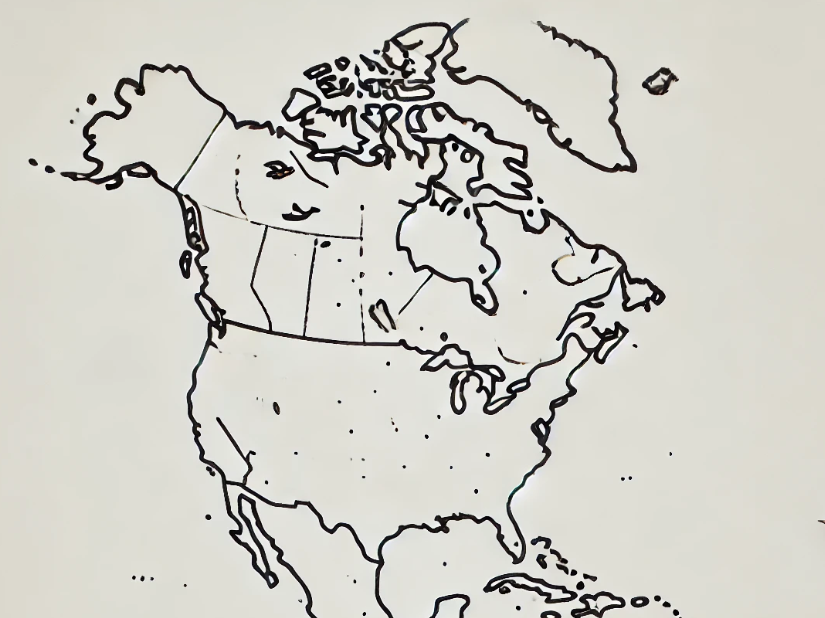President-elect Donald Trump has announced plans to impose significant tariffs on imports from Canada, Mexico, and China. Trump cited the urgent need to address illegal drugs and immigration as the driving force behind this decision. He declared a 25% tariff on all goods from Canada and Mexico and a 10% tariff on Chinese products, set to take effect on January 20.
- Tariff Plans: President-elect Trump has announced tariffs of 25% on Canadian and Mexican imports and 10% on Chinese imports, citing national security concerns like drug trafficking and immigration.
- Economic Impact: Experts warn that these tariffs could increase costs for American consumers and risk undermining the USMCA’s tariff-free trade framework.
- Policy Context: These tariffs align with Trump’s “America First” agenda, leveraging trade restrictions to extract concessions and protect U.S. industries, though risks of trade wars loom.
- Global Reactions: Canada, Mexico, and China are assessing the potential impacts, while U.S. officials emphasize border security as a priority.
Reports indicate that Trump’s tariff strategy has been a long-standing element of his economic policy. During his previous term, tariffs were crucial in his approach to trade, aimed at safeguarding American industries. Trump argues that these new tariffs are essential to compel neighboring countries to take action against drug trafficking and illegal immigration.
Economic experts warn that the proposed tariffs will likely impact American consumers the most. Increased costs for imported goods could lead to higher prices. Trump’s tariff threats also challenge the United States-Mexico-Canada Agreement (USMCA), which promotes mostly tariff-free trade among the three countries. This agreement replaced NAFTA during Trump’s first term.
In response to Trump’s announcement, officials and business leaders in Canada, Mexico, and China are evaluating the potential consequences and preparing strategies. Former Immigration and Customs Enforcement director Tom Homan, selected as Trump’s “border czar,” plans to visit the U.S.-Mexico border. This move highlights the administration’s focus on border security and immigration.
Investor Bill Ackman commented on social media, suggesting that Trump’s tariffs are a strategic tool to pressure America’s neighbors into addressing drug and immigration issues. This approach aligns with Trump’s “America First” policy, emphasizing national interests in economic and political decisions.
Trump’s nominee for Treasury Secretary, Scott Bessent, has also advocated for using tariffs as leverage. The administration aims to extract concessions from trading partners and protect U.S. industries through these measures. However, economists caution that such actions could lead to trade wars and global economic instability.
The proposed tariffs on China also revive discussions about U.S.-China trade relations. Trump has consistently criticized China’s trade practices and threatened to end China’s most-favored-nation trading status. The additional 10% tariff on Chinese goods reflects a continuation of his firm stance.
As Trump prepares to assume office, the international community watches closely. The proposed tariffs have sparked debates about balancing national security and economic relations. While Trump seeks to address domestic issues, the implications of his tariff strategy extend beyond U.S. borders.







Be First to Comment